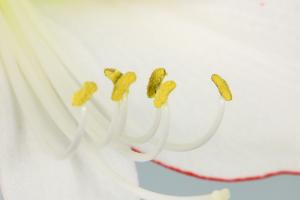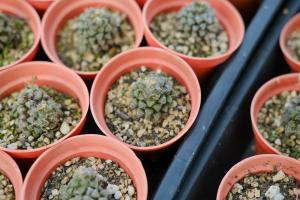A Picture of the Plant Cell
The plant cell is a complex and intricate structure that is responsible for the growth and development of all plants. It is composed of various organelles and structures that work together to carry out the vital functions necessary for plant survival. In this article, we will take an in-depth look at the plant cell, its components, and their functions.
The Cell Wall
The cell wall is the outermost layer of the plant cell. It is a rigid, protective layer that provides structural support and protection to the cell. The cell wall is composed of cellulose, a tough and fibrous material that gives the cell its strength and rigidity.
The Plasma Membrane
The plasma membrane is a thin, flexible layer that surrounds the cell. It is composed of lipids and proteins and acts as a barrier, regulating the passage of materials into and out of the cell. The plasma membrane is also responsible for maintaining the integrity and stability of the cell.
The Nucleus
The nucleus is the control center of the cell. It is a large, spherical organelle that contains the genetic material of the cell, in the form of DNA. The DNA is organized into structures called chromosomes, which contain the instructions for the development and function of the plant.
The Endoplasmic Reticulum
The endoplasmic reticulum (ER) is a network of tubular membranes that extend throughout the cell. It is responsible for the synthesis and transport of proteins and lipids. The ER can be divided into two types: rough and smooth. The rough ER is studded with ribosomes that synthesize proteins, while the smooth ER is involved in lipid synthesis.
The Golgi Apparatus
The Golgi apparatus is another organelle involved in the synthesis and transport of proteins and lipids. It is a flattened, stack-like structure that modifies, sorts, and packages molecules for transport to other parts of the cell or outside the cell.
The Mitochondria
The mitochondria are the powerhouse of the cell. They are responsible for the production of ATP, the molecule that provides energy to the cell. Mitochondria are found in large numbers in cells that require a lot of energy, such as muscle cells.
The Chloroplasts
Chloroplasts are organelles found in plant cells that are responsible for photosynthesis, the process by which plants convert sunlight into energy. Chloroplasts contain chlorophyll, a green pigment that absorbs sunlight and converts it into energy.
The Vacuole
The vacuole is a large, fluid-filled sac that occupies most of the plant cell's volume. It functions in the storage of water, nutrients, and waste products. The vacuole also plays a role in providing structural support to the cell.
Conclusion
The plant cell is a complex and intricate structure that is responsible for the growth and development of all plants. It is made up of various organelles and structures that work together to carry out the vital functions necessary for plant survival. From the cell wall to the chloroplasts to the vacuole, each organelle plays a key role in maintaining the integrity and functionality of the plant cell.

 how many times do yo...
how many times do yo... how many planted tre...
how many planted tre... how many pine trees ...
how many pine trees ... how many pecan trees...
how many pecan trees... how many plants comp...
how many plants comp... how many plants can ...
how many plants can ... how many plants and ...
how many plants and ... how many pepper plan...
how many pepper plan...































